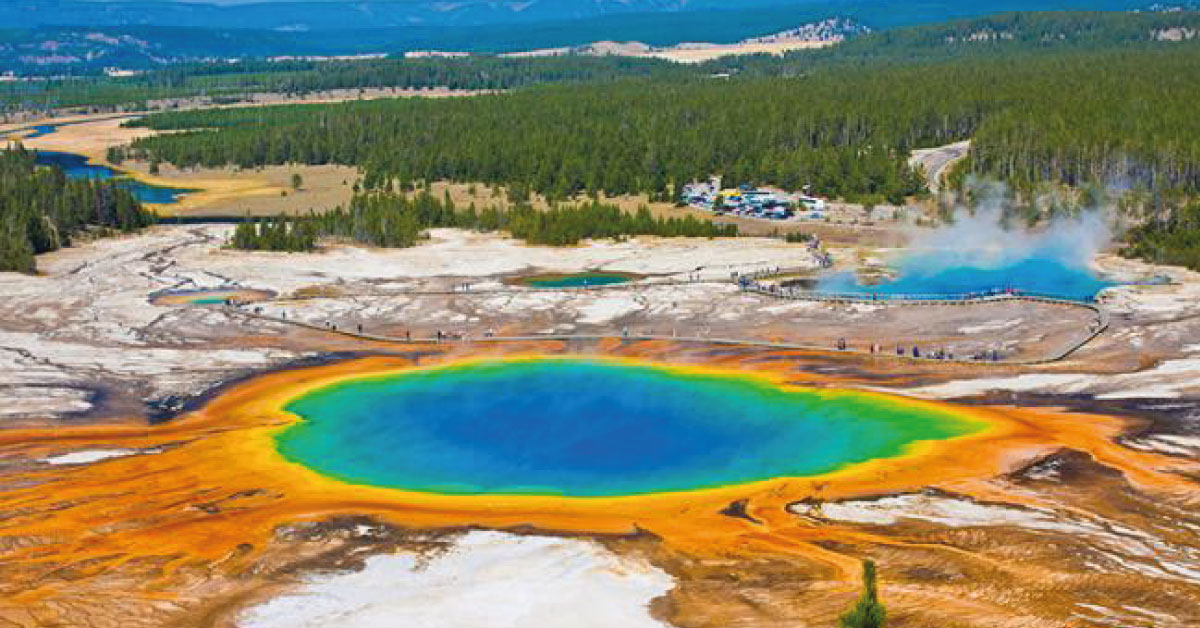Yellowstone National Park is located in the northeastern United States on a magma chamber that measures approximately 55 x 72 kilometres. The so-called Yellowstone Caldera was formed more than 600,000 years ago and is the largest supervolcano on the entire continent. Thanks to continuous volcanic activity, the place is home to half of the world’s geysers and hot springs.
These bodies of water are extremely hot and incredibly acidic due to where they come from; so the “puddles” above the caldera are not suitable for swimming. As beautiful and striking as they may seem, for nothing in the world should you take a dip in them. In fact, there are several warnings regarding that and if you ignore it, you could find yourself with a tragedy.

In November 2016, a 23-year -old man from Oregon lost his life after falling into a hot spring. According to the Time medium, Colin Scott just wanted to soak in the warm water for a moment. Unfortunately, he slipped and fell, but was no longer able to get out of the boiling, acidic liquid.
“He was bending down to check the temperature of a hot spring when he slipped and fell into the pool,” the young man’s sister told the rangers.
Despite the efforts of search and rescue personnel, the body could not be recovered. An electrical storm frustrated their investigations that day, so they had to wait until the next day to continue. Upon arrival, the rangers only found Colin’s wallet and his sandals, but his body had disappeared as if by magic.

When the storm passed, the search was resumed but to no avail as Colin’s body had completely dissolved.
Lorant Veress , deputy chief ranger, explained that this happened due to the high acidification of the water. However, the incident is still strange because according to him, it was very little time for the amount of dissolution it presented.
The ponds, pools and geysers of Yellowstone National Park reach boiling point temperatures. On average, these bodies of water are 93°C on the surface, but as we get closer to the bottom, the temperature increases. This added to toxic gases such as silicon oxide, sulfur dioxide, hydrogen sulfide, and hydrochloric acid among others; they represent a certain death.

